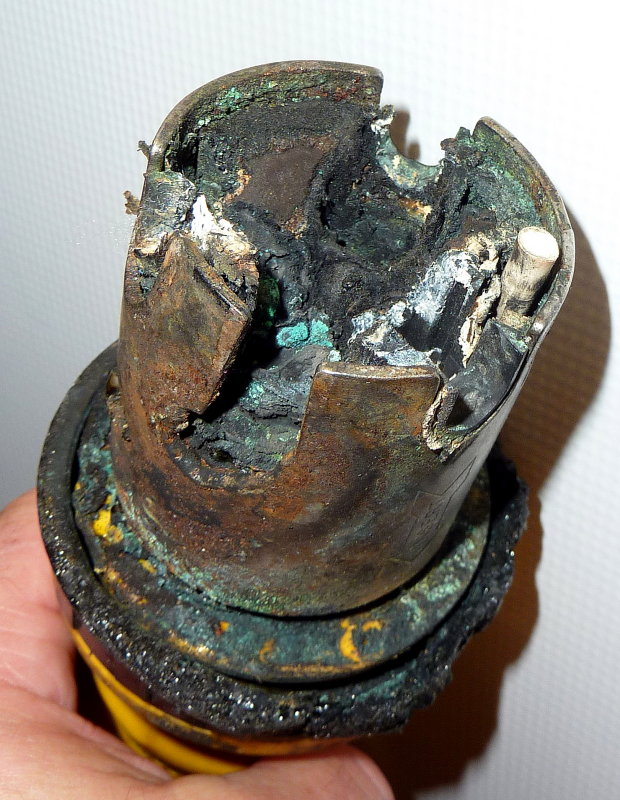Northern Spy
Guru
- Joined
- Feb 5, 2012
- Messages
- 4,075
- Location
- Canada
- Vessel Name
- Northern Spy
- Vessel Make
- Nordic Tug 26
If you are concerned about your old 30A plug overheating, there are two other options besides a Smartplug. One is to graft a 50A plug on to the boat end of a 30A (#10 wire) cord. By leaving a 30A plug on the shore end, you would still not draw more than 30A.
The other is to use a J1772 plug on the boat end. This is the plug used to recharge electrical vehicles, and is rated at up to 75A. I have not seen one of these on a boat, but when my old 30A plug and socket dies, I will probably go this route.
Actually if you want to go for a high amperage plug, you can use UL1686 pin and sleeve connectors and still be in compliance with ABYC E-11 and satisfy insurers. UL1686 are used by the millions in industry.
Although a J1772 may be a good connector, it certainly isn't within the scope of SAEs intended use.



